#Bottlenose Dolphins
Photo
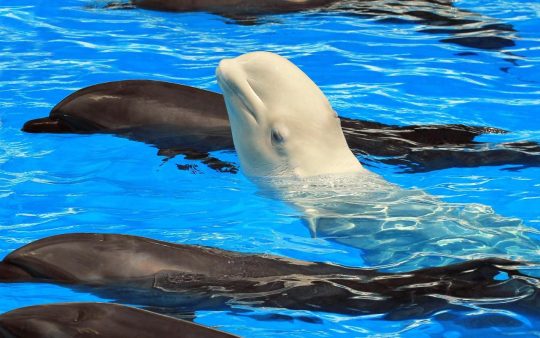
Scientists believe that the remarkable intelligence of beluga whales is demonstrated by their ability to learn and communicate using the complex language of whistles and clicks. This has been observed in a specific case where a beluga whale, living in captivity alongside a pod of bottlenose dolphins, has successfully acquired and adopted their unique language.
(via Beluga whale learns to 'talk' to pod of bottlenose dolphins )
#animals#beluga whale#dolphin#whale#intelligence#communication#language#bottlenose dolphins#cognitive abilities#marine mammals#mixed-species environments#interactions
282 notes
·
View notes
Text
A close encounter with a very scarred individual! This is potentially a male, evidenced by the heavy rake marks down his body (it is often assumed more heavily scarred dolphins are male due to mating competitions), though it is possible these scars were caused by his environment at some point. Also of note are his parasites - if you look closely at the edges of his pectoral and caudal (tail) fin, you can see what almost looks like fringe. These are actually dangling parasites, likely Xenobalanus globicipitis, which is actually a kind of elongate barnacle!
Bonus: if you look closely, a black manta makes a low fly-by in the background
#bottlenose dolphins#parasites#marine biology#marine bio#marine biology studyblr#marine bio studyblr#biology#zoology#animals#aquarium#cute animals#dolphin#sea life#marine life#scuba diving#whales#porpoises#wildlife#adventure#travel
107 notes
·
View notes
Text


Surf the bottlenose dolphin made by TY Beanie Babies !!
#plushies#plushie#plush#plush toy#plushblr#plushcore#stuffies#stuffed aminals#stuffed animals#ty beanies#ty beanie babies#ty beanie baby#beanie baby#beanie babies#marine animals#aquatic life#bottlenose dolphin#bottlenose dolphins#dolphin#dolphins
134 notes
·
View notes
Text

Walt Disney's White Wilderness: Animals of the Arctic. By Robert Louvain and the Staff of the Walt Disney Studio. 1958.
Internet Archive
#marine life#mammals#cetaceans#whales#right whales#sperm whales#blue whales#humpback whales#fin whales#gray whales#beaked whales#orcas#narwhals#belugas#porpoises#bottlenose dolphins#common dolphins
363 notes
·
View notes
Photo
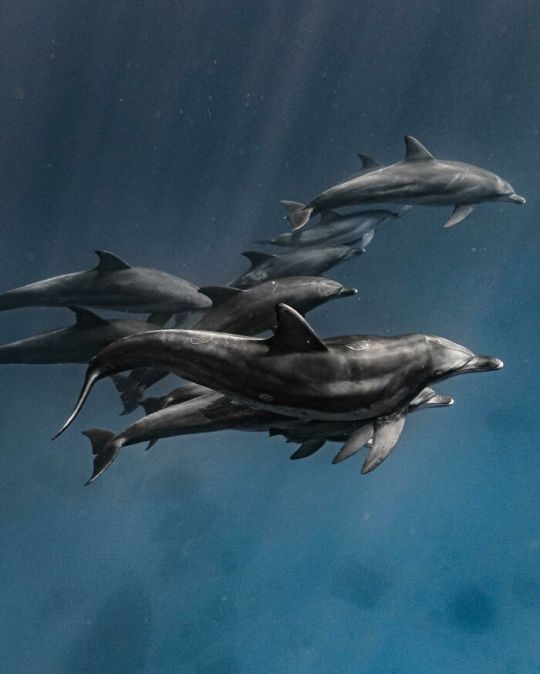
A Pod Of Bottlenose Dolphins
Apple-of-the-earths
70 notes
·
View notes
Text

Eccotober 2022 Day 3: Singers
An illustration for my personal favourite of my old Ecco drabbles, "The Pod of Earth." When the Asterite summons the Singers, I always imagined it summoning all the marine cetaceans of Earth to assault the New Machine, not just the bottlenose dolphins.
Species featured: Sperm whale, pilot whale, beluga, fin whale in the middle background, and an orca's dorsal fin in the foreground. The background also has a narwhal, some variety of psuedorca, and a Commerson's dolphin mixed in with the bottlenoses.
And, here's The Pod of Earth itself, for reference.
#ecco the dolphin#tides of time#eccotober#eccotober 2022#drawtober#drawtober 2022#art#fanart#orcas#sperm whales#belugas#pilot whales#fin whales#bottlenose dolphins#cetaceans#psuedorca#narwhals#commerson's dolphins
21 notes
·
View notes
Text



The sight of chubby baby cheeks is often enough to transform even the most committed curmudgeon into a babbling softie.
Sentences become shorter, sounds are exaggerated, and the overall pattern of speech is more singsong and musical.
Researchers have dubbed this “motherese,” or, more formally, “infant-directed speech.”
“We’re not changing the words that we’re saying, we’re changing the way that we’re saying them,” says Laela Sayigh, a marine biologist at the Woods Hole Oceanographic Institution and Hampshire College in Massachusetts.
Only a handful of other species have been shown to change their calls when addressing young, including zebra finches, rhesus macaques, and squirrel monkeys.
Now, Sayigh’s new study, based on three decades of data in Florida, reveals common bottlenose dolphins use motherese — one of the first times it’s been documented in a species other than humans.
It's a major discovery, agrees Rindy Anderson, a behavioral ecologist at Florida Atlantic University who was not involved with the research.
The study, published today in the Proceedings of the National Academy of Sciences, "suggests that using these modifications when communicating with young assists them in learning how to produce these calls themselves,” she says.
Talk to me
Learning language is hard. Yet infants, incredibly, sop up the verbal soup around them and learn how to construct sentences with the appropriate structure.
How? The answer has to do with how we intuitively talk to babies.
Making our sentences shorter strips away unnecessary words. Emphasizing sounds makes words clearer. And — importantly — we increase the pitch of our speech.
Studies have shown these vocal characteristics grab and hold the attention of children far better than normal adult-directed speech.
And when parents are coached on how to use motherese, their child babbles more and has a bigger vocabulary as a toddler.
Language scientists make an important distinction between motherese and what is commonly referred to as baby talk.
The latter, they say, consists of largely made-up words with inconsistent and incorrect grammar and syntax:
It’s the difference between telling a baby, “Look at that DOGGY!” and “Wook at dat widdle puppy-wuppy!”
That’s why the list of species that use the more accurate motherese has so far been limited.
“Vocal learning is actually very rare. Out of the millions of species that use sound to communicate, there’s just a few groups that must learn their vocal communication systems,” Anderson says.
Signature sounds

When Sayigh began working with a pod of wild bottlenose dolphins in Florida’s Sarasota Bay in the late 1980s, she observed that these marine mammals shared many characteristics with humans.
For instance, mothers and their offspring live within intricate social groups held together by a complex language of songs and whistles.
Over time, the biologist began to wonder whether females use motherese to communicate with their calves.
Bottlenose mothers nurse their young for two years, and the animals generally stay with her until they’re between three to six years old, learning how to hunt, navigate, and stay safe in the ocean.
Father dolphins generally aren’t involved in rearing their young.
Dolphin communication is profoundly different from how humans talk.
The most common dolphin vocalization is their signature whistle, a sound unique to each dolphin that serves as the cetacean equivalent of a “Hello, My Name is…” sticker.
Dolphins, however, don’t use another animal’s signature whistle to direct communication.
Instead, they repeat their own signature whistle and listen for another dolphin to respond with their own.
It’s analogous to your mother standing on your front porch and yelling her own name to summon her kids, says Kelly Jaakkola, a cognitive psychologist and marine mammal biologist at the nonprofit Dolphin Research Center in Grassy Key, Florida.
As part of their ongoing research, the Sarasota Dolphin Research Program performs regular veterinary exams on the wild dolphins, which have gotten used to the scientists’ presence.
During these exams, Sayigh and colleagues would sometimes attach a small recording device called a hydrophone to a mother dolphin’s forehead with a fist-size suction cup that the researchers later removed.
By analyzing recordings of 19 different female dolphins over 34 years, Sayigh found that the signature whistles of dolphin mothers had a greater range of frequencies — the high pitches were higher and the lows were lower — when their calves were nearby.
The high-pitched sounds are out of the range of human hearing.
Endless questions
To Jaakkola, who wasn’t part of the study, this work was “a fantastic first step.”
“The data here are beautiful,” she says. “The trick comes in possible interpretations of what’s happening.”
The work only looks at dolphin communication in one specific context, which means scientists can’t say definitively that the dolphins are speaking to their calves in motherese, Jaakkola says.
For instance, the results could be due to vocal changes in caused by lactation, or some other unknown variable.
However, in a 2017 study, researchers noticed an identical change in mother dolphins’ signature whistles while examining the effects of human-made noise, which lends support to the authors’ conclusions that the dolphins change their pitch as needed.
For Sayigh, the questions are endless — and fascinating.
“I just can't even articulate what an amazing project it is. I could spend three lifetimes there,” she says.

#dolphins#infant-directed speech#motherese#bottlenose dolphins#Proceedings of the National Academy of Sciences#baby talk#Sarasota Bay#Florida#signature whistle#Dolphin Research Center#Sarasota Dolphin Research Program#hydrophone#National Geographic#Nat Geo#aquatic mammals
2 notes
·
View notes
Photo
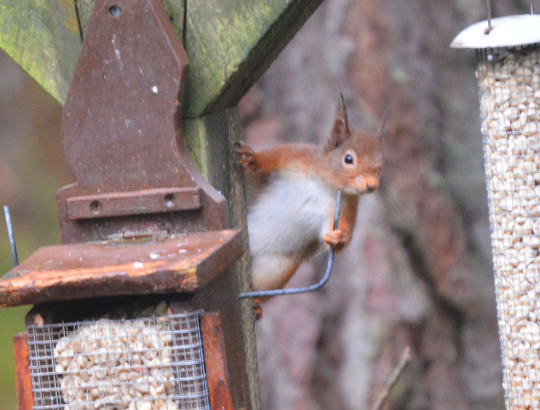




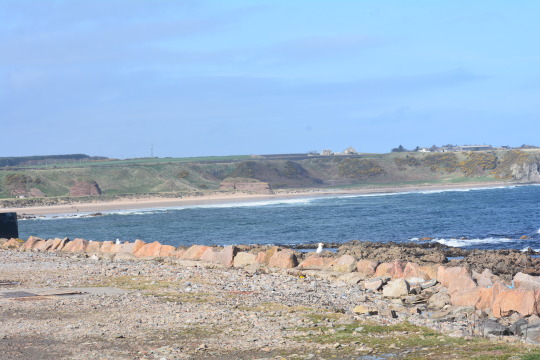




13/04/2023-The Highlands and Moray
Photos taken that day in this set are of: 1. A marvelous Red Squirrel at Dell Woods, what a joyful and captivating experience to see this iconic highland species. 2. An Osprey at Spey Bay it was spectacular and thrilling to see in the air, mobbed by gulls and fishing. One of the most euphoric moments of the trip seeing this bird I adore and what was a key bird of the holiday. 3. Scurvygrass at Burghead which was nice to see. 4. Bar-tailed Godwit at Lossiemouth where we saw some on our 2018 Scotland trip with Heatherlea a delightful one to see. 5. Lovely and colourful Shag at Cullen. 6. View at Cullen. 7. View at Spey Bay. 8. Burghead Harbour. 9. Another beautiful coastal view at Findhorn Bay. 10. An exquisite and prepossessing Long-tailed Duck in Burghead Harbour, such a finely marked and wonderful bird which I was honoured to see so close my best ever views of the bird. Such a big moment of the Scotland trip.
Other highlights that day were moments before the Osprey getting exhilarating views of our first ever Bottlenose dolphins in the sea at Spey Bay such a powerful and exciting moment I just had a funny feeling we might see some on the east coast bits of the Scotland tour so I was thrilled with this, as well as our first ever White-billed Divers at Cullen with a great view of these shiny birds a wonderful new bird for us. Other bird year ticks Fulmar, Tree Sparrow, Sandwich Tern and Pink-footed Goose were big moments for the trip seen that day, and I also enjoyed seeing Yellowhammer, Linnet well, Kittiwake, Eider, Shelduck and a nice surprise with my first Small Tortoiseshell butterfly of the year. A packed and fun day.
#photography#white-billed diver#shag#long-tailed duck#sandwich tern#bottlenose dolphin#bottlenose dolphins#osprey#ospreys#world#nature#happy#pink-footed goose#birdwatching#red squirrel#dell woods#moray#scotland#earth#marine mammals#europe#birding#birds#amazing#thursday#spey bay#cullen#lossiemouth#bar-tailed godwit#burghead
5 notes
·
View notes
Photo

Cameras on U.S. Navy dolphins show them looking around as they hunt.
#dolphin#dolphins#bottlenose dolphin#bottlenose dolphins#tursiops#tursiops truncatus#animal#animals#water#sea#ocean#marine#aquatic#underwater#camera#cameras#gopro#navy dolphin#navy dolphins#nature#gizmodo#article#articles#california#u.s.#america
1 note
·
View note
Text
I think it's sad that most people always think of bottlenoses as the "classic dolphin" since its the one that's always used for shows, and always think of dolphins as just straight grey when in reality there's so many varieties with so many different amazing patterns

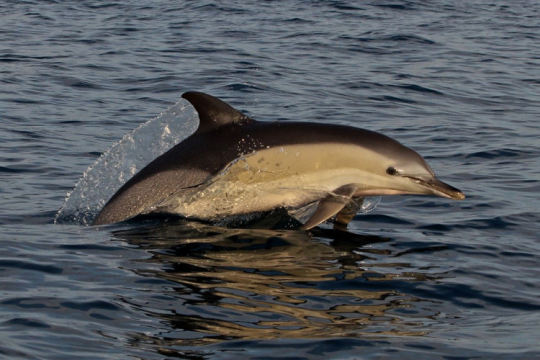
Look at the common dolphin! They have a gorgeous X pattern and even some dull yellow/gold!!
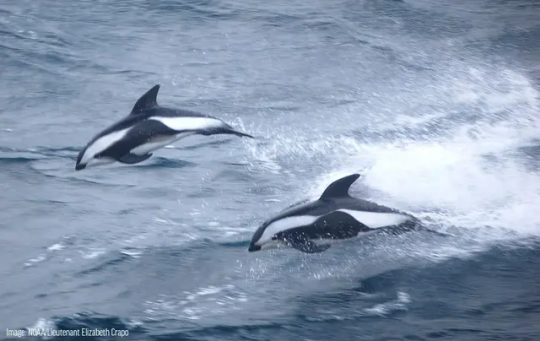
Hourglass dolphins have gorgeous white streaks
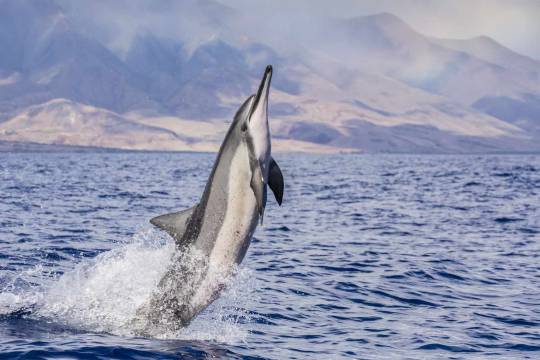

Spinner dolphins have really pretty banding as well, AND they have a really sleek cute silhouette!

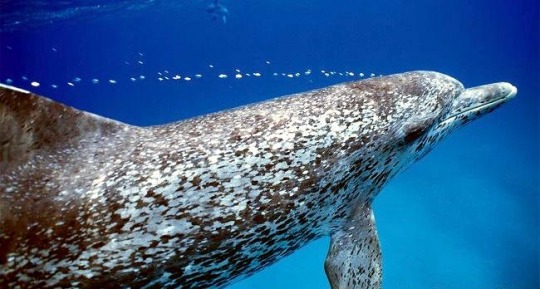
The atlantic spotted dolphin!!! Theyre spotted!!!!!!
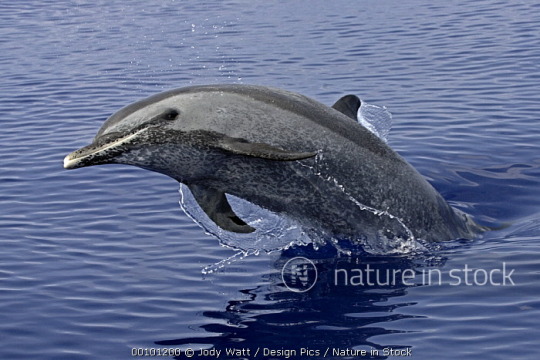
and the pantropical spotted too!!
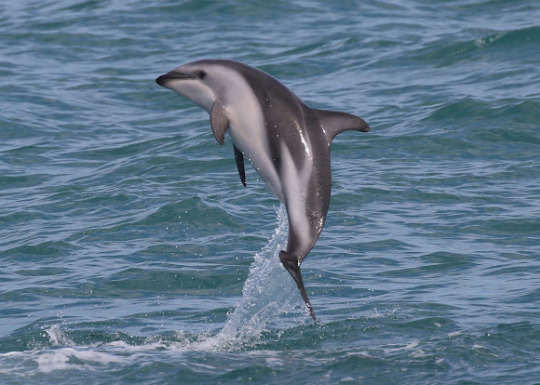
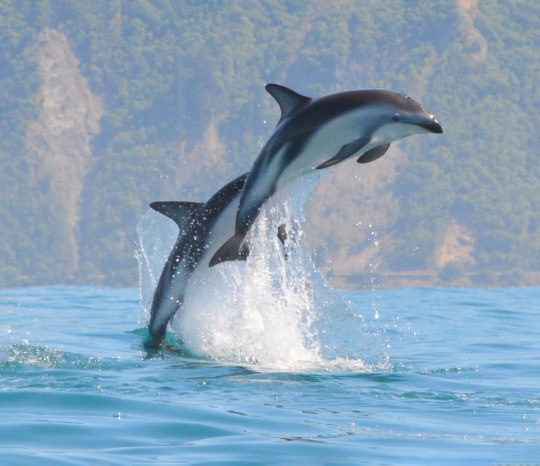
Dusky dolphins have a gorgeous airbrush look going on like straight out of a 2000s fantasy illustration
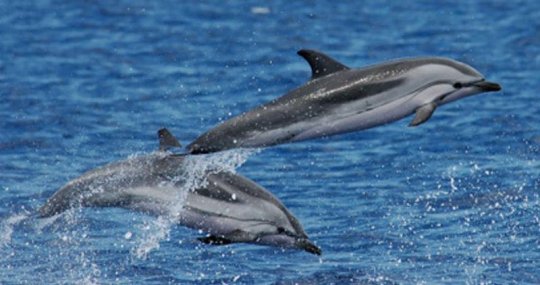
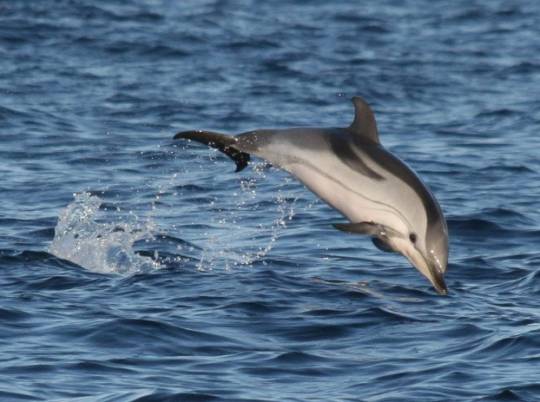
Striped dolphins sure have stripes!! How cool!!
And these I've shown you aren't even all of them at all, there are so many of them:
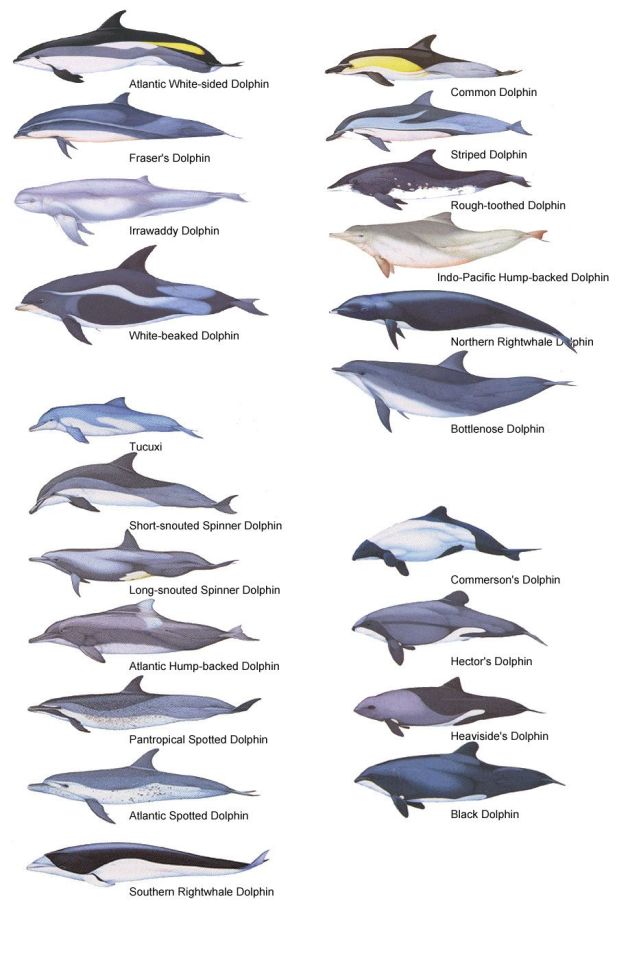
There's so so so many different types of dolphins people dont know about this isnt even all of them and some are SO gorgeous and underrated because people just dont know they exist so I'm here to fix that
#ocean#dolphins#cetaceans#long post#thunderclap#I WANTED TO MAKE THIS POST FOR A WHILE I FINALLY GOT AROUND TO IT#YOU WILL KNOW ABOUT THE WORLDS DOLPHINS!!!! THANK YOU!!!!!!!!!#Everyone loves dolphins but everyone also always thinks of bottlenoses only#and i love bottlenoses BUT THERES SO MANY MORE!!!!!!!!!!!!!!!!!#best of#wow this took off
18K notes
·
View notes
Text

So long, and thanks for all the fish
Dolphins are known for their high level of intelligence among non-human animals. While brain size is one factor often considered in discussions of intelligence, it's important to note that intelligence is a complex trait influenced by various factors.
Dolphins, particularly species like bottlenose dolphins, have large and highly developed brains relative to their body size. The encephalization quotient (EQ), which measures brain size relative to body size, is often used to compare the intelligence of different species. Dolphins have relatively high EQs, indicating that their brains are larger than expected for an animal of their size.
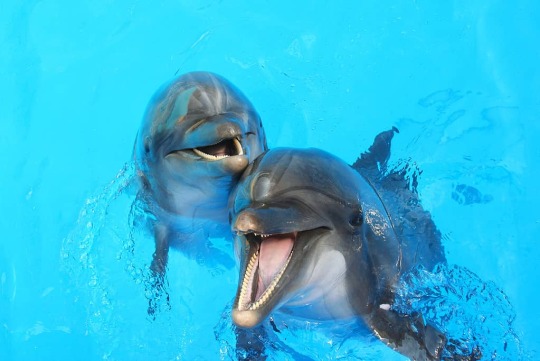
Dolphins are renowned for their intricate communication skills, employing a diverse range of vocalizations, body language, and distinctive whistles. Their communication is not only used for basic interaction but also for conveying complex information within their social groups. The ability to convey and understand various messages suggests a high level of cognitive sophistication.

Research has confirmed that dolphins engage in cooperative problem-solving. They often work together to achieve common goals, such as hunting for prey or navigating challenging environments. Dolphins have been observed using coordinated tactics to corral fish into tight groups, making it easier for them to capture their prey. This collaborative approach to problem-solving reflects a high level of social intelligence and effective communication within dolphin pods.

Dolphins are known for their ability to teach and learn from one another. This includes the transmission of behaviors and skills within the group, a phenomenon known as cultural transmission. Dolphins can pass on knowledge about hunting techniques, communication signals, and other behaviors to younger or less experienced members of the pod. This cultural exchange contributes to the transmission and preservation of complex behaviors across generations.
Another indicator of advanced cognitive abilities is self-awareness, and dolphins have demonstrated this trait. Through the mirror test, where animals recognize themselves in a mirror, dolphins have displayed a level of self-awareness. This suggests a cognitive capacity for introspection and an understanding of one's own identity, a characteristic shared by a select group of intelligent species.
While not as extensively studied as in some other intelligent species, there is evidence that dolphins engage in tool use. For instance, some dolphins use sponges to protect their snouts while foraging on the ocean floor. This behavior reflects a certain level of cognitive flexibility and innovation, as dolphins adapt objects from their environment for specific purposes, showcasing a capacity for tool use.
Photo credits:
https://www.instagram.com/p/C1FmXM-v-W3/
©Elena Larina/Shutterstock.com
https://discoverycove.com/orlando/blog/how-do-dolphins-communicate
https://www.flickr.com/photos/fascinationwildlife/22394533689
#bottlenose dolphins#dolphin#dolphins#the hitchhiker's guide to the galaxy#science#animals#animal behavior#animal intelligence#brain#intelligence#non-human animals#cognitive abilities
10 notes
·
View notes
Photo

Bottlenose Dolphins
Image credit: Shutterstock
#shutterstock#photographer#bottlenose dolphins#dolphins#marine photography#australian geographic#australia#nature
18 notes
·
View notes
Photo

Bottlenose Dolphins (Tursiops truncates)
Taken at Pineapple Park in Melbourne, FL
#bottlenose dolphins#bottlenose#dolphin#dolphins#sea life#nature#nature photography#wildlife#wildlife photography#photography#florida#florida photography#florida photographer#pineapple park#nikon photography#nikond3500#nikon camera
1 note
·
View note
Text
youtube
The Top 5 Smartest Animals in The World
In this video, we are going to show you The Top 5 Smartest Animals in The World. Enjoy!
#the Top 5 Smartest Animals in The World#The Top 5 Smartest Animals in The World#top5#tops#TopS#Top 5 Smartest Animals in the World#animal kingdom#animals#Bottlenose Dolphins#top 5#the 5 Smartest Animals in The World#list of smartest animals#list of the intelligent animals#top 5 smartest animals#top 5 most intelligent animals#top 5 smartest#top five#smartest animals on the planet#top 5 most intelligent animals in the world#teh top 5 smartest animals in teh world#youtube#top5 list#tops top 5#5 list#top#top 5 list#tops top5#Youtube
0 notes
